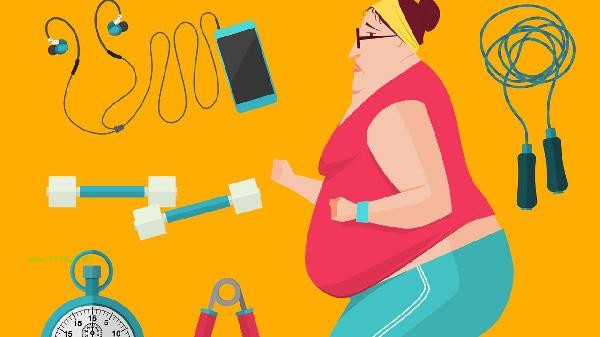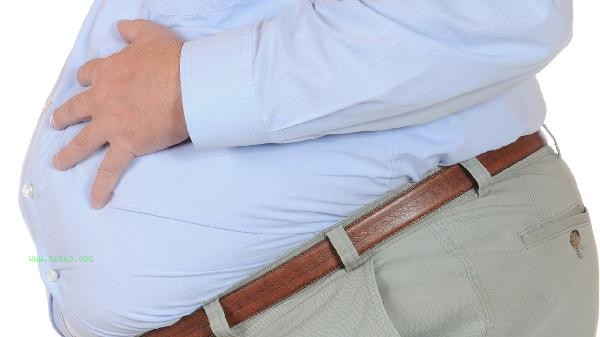CT scan reveals that lung fat accumulation can be improved by adjusting dietary structure, strengthening aerobic exercise, medical intervention, and other methods. The accumulation of fat in the lungs may be related to obesity, metabolic abnormalities, hormonal imbalances, drug side effects, genetic factors, and other factors.

1. Adjust dietary structure
Reduce intake of high-fat and high calorie foods, increase the proportion of high-quality protein and dietary fiber. It is recommended to choose low-fat and high nutrient ingredients such as chicken breast, broccoli, oats, etc., and avoid fried foods and sugary drinks. Daily control of total calorie intake and adopting a small and frequent meal pattern can help reduce visceral fat deposition.
2. Strengthen aerobic exercise
Engage in aerobic activities such as brisk walking, swimming, cycling, etc. every week for at least 30 minutes each time. The intensity of exercise should maintain the heart rate within the range of 60% -70% of the maximum heart rate, which can effectively promote fat metabolism. For those who have been lacking exercise for a long time, it is recommended to start with low-intensity exercise gradually.
3. Medical Intervention
When fat accumulation is accompanied by obvious symptoms such as difficulty breathing, medication such as orlistat capsules and liraglutide injection can be used according to medical advice to regulate metabolism. For severely obese patients, weight loss surgery such as gastric sleeve resection may be considered after evaluation, but strict adherence to surgical indications is necessary.

4. Metabolic management
Regularly monitor indicators such as blood glucose and blood lipids, and those with metabolic syndrome need to be controlled synchronously. Patients with thyroid dysfunction should be treated with hormone replacement therapy, and patients with diabetes need to optimize the hypoglycemic program. If necessary, genetic testing can be performed to exclude genetic diseases related to lipid metabolism.
5. Respiratory training
enhances diaphragm strength and improves lung ventilation function through training such as abdominal breathing and pursed lip breathing. Yoga, Pilates and other exercises can help improve lung capacity. It is recommended to practice several times a week under professional guidance. Smokers must quit smoking immediately to avoid further damage to the alveolar structure. After discovering pulmonary fat accumulation, chest CT should be rechecked every 3-6 months to dynamically observe changes in fat deposition. In daily life, it is necessary to maintain a regular schedule and avoid staying up late and overworking. Pay attention to monitoring blood oxygen saturation, and seek medical attention promptly if symptoms such as chest tightness and shortness of breath occur. Long term management requires the establishment of health records, and personalized intervention plans should be jointly developed by multidisciplinary teams such as respiratory and endocrine departments. At the same time, attention should be paid to mental health to avoid anxiety caused by physical problems. If necessary, professional psychological counseling can be sought.









Comments (0)
Leave a Comment
No comments yet
Be the first to share your thoughts!